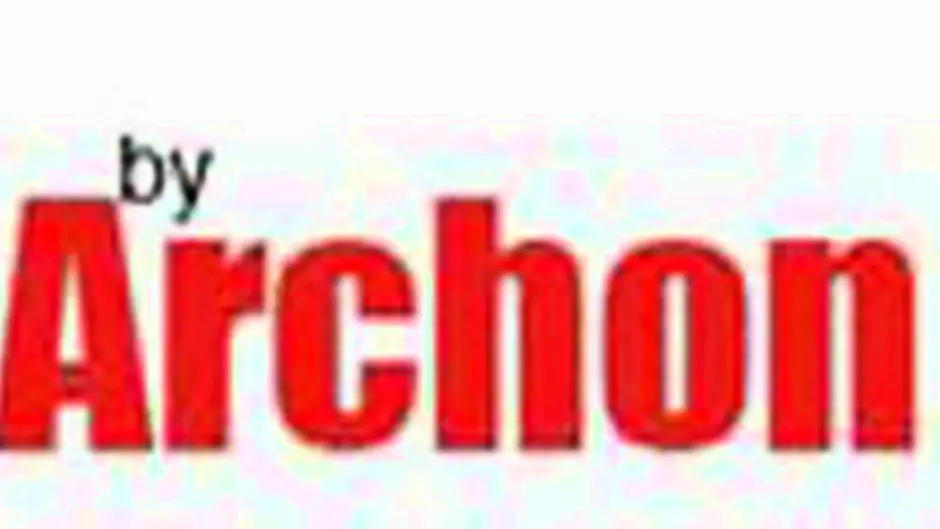Not a single city-centre street in so-called Rebel Cork named after any signatory of the 1916 Proclamation
STREET names can politically define a place. Pearse Street in Clonakilty, for instance, forms part of the West Cork historical memory and is a statement of identity and of pride in a shared past.
Generally speaking, when streets are renamed to commemorate major political events, such as the 1916 Rising, the purpose is to instil a sense of national dignity and self-respect; however, occasionally there’s a downside that can provoke ideological opposition.
Here’s an example. Although the Real Capital has street names that celebrate Britain’s imperial past – that of the Marlboroughs, the Georges, the Alberts and the Victorias – the City Fathers always have been reluctant to change the names of such streets in order to commemorate our own patriots.
It’s a scenario that perplexes educationalist and historian, Charles Hayes. At a recent 1916 ceremony in Farsid, East Cork, he made his opinions known. Mr Hayes commented in his oration that ‘we have a Marlboro’ Street to honour a British Grandee, but we have no Pearse Street.
We have George’s Quay, named after an English king, but we have no quay or city centre street named after James Connolly.
‘We have a Princes Street, but no MacDonagh Street. There is not a single city-centre street in so-called Rebel Cork that is named after any signatory of the 1916 Proclamation.
‘Neither is there any standing monument in the city centre that is dedicated to an Irish patriot of the 1916-1923 era. General Tom Barry, for instance, lived for many years in an apartment overlooking the little square where Patrick Street swings into the Grand Parade. But this square is called Daunt Square.
‘It is not named after the great patriot who lived there, as it would be in any liberated, self-respecting country, and it is more than time for this situation to be rectified,’ he said.
Cork committee
Republican historian Jim Lane points out that one has to go back to the dark days of World War II for any sustained effort at replacing existing street names with those of the 1916 Proclamation signatories.
In May 1945, the Lord Mayor of the time, Seán Cronin, and members of several nationalist groups decided to alter the situation whereby Cork city was devoid of ‘even the meanest tribute to the memory of the seven signatories.’
In conjunction with a group called the ‘Street Names Sub-Committee,’ he drew up a list of street names to be changed, along with the names of Irish heroes he wanted as substitutions.
But he hit a brick wall. Whenever the Mayor and his group asked the Corporation to abandon ‘a shameful state of affairs that guaranteed the survival of anti-Irish symbols,’ certain cliques surfaced in the city to ensure that the old, imperial monikers were preserved for ‘historical reasons.’
Which intensely annoyed the First Citizen and his republican group! So they organised a parade through the streets of Cork, stopping at key locations to erect new nationalist street signs that they said would impact on the nationalist consciousness of Leesiders. Lord Mayor Cronin was convinced that in the decolonising environment of the time the new street names would help perpetuate the memory of Irish historical figures.
Thus the Grand Parade became Connolly Street, and a new street-sign was erected.
The large crowd then moved onto the South Mall, which was formally converted to Pearse Street; Princes Street became Clarke Street; Marlboro’ Street MacDermott Street; Winthrop Street Plunkett Avenue and so on to other streets, where changes also were made.
Short-lived success
Nationalist Cork was jubilant but, sadly, the patriotic nomenclature lasted a mere day and a half! Infuriated traders and their legal eagles demanded that City Manager, Philip Monahan, immediately remove the new signs. They argued that the original names could not be unilaterally altered without the support of two-thirds of the ratepayers on the street.
Mr Monahan quickly acceded to the request, apparently influenced also by a secondary argument: that the business community would be out of pocket if it had to change the addresses on stationery, lorries and vans!
The new street-signs were taken down amid vociferous criticism from nationalist-minded Cork. Five weeks later, the City Manager held a plebiscite in order to establish if, in fact, a majority of ratepayers was in favour of a name change.
It turned out that Rebel Cork, as represented by its business leaders, didn’t give a hoot about the 1916 heroes! And matters have remained that way to the present day.
West Cork towns
Now, whatever about Leeside forelock tugging, a town once perceived as a hotbed of Southern Loyalism did things differently – and in a more civic spirited fashion. In Bandon, as with 1940s Cork, members of the public asked that patriotic names be assigned to many of the town’s ancient streets.
As a result Devonshire Square became Allen Square after one of the Manchester Martyrs.
Warner Lane was turned into Casement Road, Boyle Street (originally named after the Boyle family who were Earls of Cork) was renamed Connolly Street, Burlington Quay became McSweeney Quay, and Castle Street changed to Pearse Street. There were others but, curiously, Fluke Hole Lane remained as it was!
Clonakilty also changed. Over the years Sovereign Street became Pearse Street, George’s Street became Connolly Street, Oliver Street Casement Street, School Street O’Rahilly Street, and Bank Street became Kent Street.
But, as for Skibbereen, well, not much remembering of revolutionary times went on in that noble municipality – at least in relation to street names. Indeed should any ghost of the Anglo-Irish ascendancy come trotting through the town he’d have no trouble ascertaining his whereabouts.
In Skibbereen, no serious street renaming took place in response to major political activities.
Townsend Street remained the same, as did High Street, Bridge Street, Main Street, Ilen Street and Market Street. Indeed our traveller from the past would enjoy a warm sense of recognition and belonging in Skibbereen, a town that took a utilitarian approach to the official version of history and of street names!
Dead horse in Cork
Certainly a Civic Guard from the old days would have endorsed the Skibbereen approach.
The story goes that a certain Leeside policeman was called to an incident in Marlboro’ Street, Cork, where he was confronted by a dead horse that had been pulling a dray full of Suttons’ coal. Taking out his pencil, he proceeded to record the details in his notebook.
‘And the name of the street?’ he asked.
‘Marlboro’ Street, Guard,’ came the reply,
‘Marl...Marl...bo...bor....’ he spluttered with his pencil raised in the air, repeating the words until the linguistic difficulty of spelling ‘Marlboro’ beat him.
Then, a little embarrassed, he turned to some men in the crowd and whispered: ‘Listen, lads, would ye ever do me a favour?
Pull that shaggin’ horse into Cook Street, will ya!’










